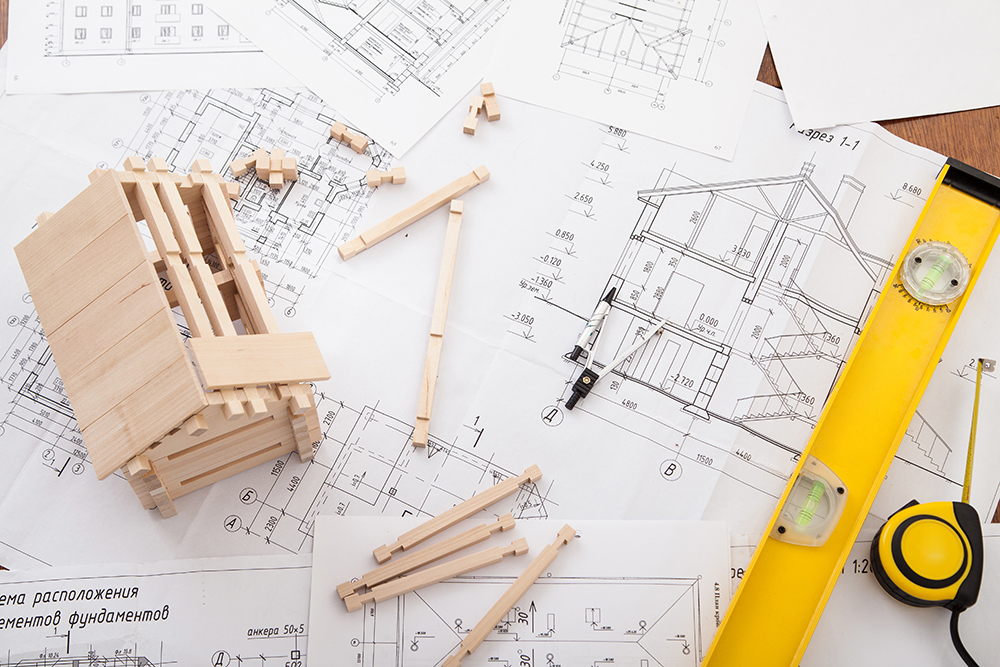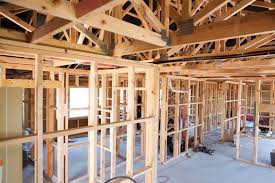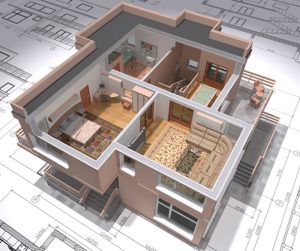
There are various methods of contracting someone to build your home and below are some common examples.
Self-managed labor-only contract
You get the house designed, the plans drawn and specifications prepared. These documents must be satisfactory for council purposes and for you to manage the process. You organize the necessary local authority consents.
You arrange for all the quotes to build the house, you sign up labor only contracts with builders, plumbers, electricians etc to do the work. You purchase the materials and organize and coordinate everything from the delivery of materials, insurance during construction, council inspections etc.
Labor-only contracts may be suitable for project managers who have experience in the building industry. If you don’t have the necessary experience, the risk of delays, cost over-runs, and “something” being forgotten is high.

Fixed-price contract
A builder or building company enters into a fixed-price contract to build a house based on plans and specifications which (normally) have been approved by the council, or are acceptable for building consent purposes.
A fixed-price contract need not cover everything (eg driveway, landscaping, carpets, curtains etc) but usually includes all the labor cost for all contractors involved (plumbers, electricians, painters etc), cost of materials, builders risk insurance, and contingencies.
Fixed-price contracts have the benefit of clearly identifying what is (and by extension what is not) included in the price. This means you can budget for the other items which are not included in the fixed-price aspect of building your house.

Turn-key contract
A turn-key contract will have a fixed-price to build or install almost everything, so that when the construction is finished, you can “turn the key” and move in. A turn-key contract usually covers the construction, appliances, painting, landscaping, curtains and floor coverings, and even your letter-box.
There should be no surprises with a turn-key contract. Everything that you have planned should be included and delivered in terms of the contract, which makes life easier for the lender too.

Buying off the plans
Why buy an apartment or townhouse off the plans? (Barfoot & Thompson)
Not only do you get a brand-new property, built to the latest building code, but the price is fixed at the time of purchase. You also get the opportunity to buy into an exciting new development or precinct. Tenants love new builds, so buying off the plans is a great investment choice too.
However, not all developments are created equal, and the array of options on the market can be daunting.
Here are 10 things you should investigate before buying off the plans:
- The pedigree and track record of the developer
You’re backing them to complete the project, to the standard they’ve promised. Do your research, inspect other projects they’ve done – make sure they have a good reputation.
- The old real estate cliché – location, location, location
This doesn’t change with apartments – in fact, it’s more important. Think about how close you are to local amenities, cafes, shops and education providers. What’s happening in the area? How much other development and investment is going on? Where are the transport links? There’s no point buying an apartment if you can’t walk to everything.
- What makes the development stand out from the rest?
Make sure you’re buying something with unique features, that isn’t the same as all the other developments. This includes size, quality, location, views, and car parking. Make sure you’re buying into something that will appeal to future tenants and buyers.
- Is it built to minimum standards (NZBC), or have they gone above and beyond?
Check all the details – fixtures and fittings, wardrobes, floor finishes, balconies, parking and communal spaces – carefully.
- The soundproofing
The minimum standard in New Zealand is 55 STC (sound transmission class) and IIC (impact insulation class). Aim for above the minimum if you can – 65 STC/IIC is great and will make a huge difference to the enjoyment of your space.
- The size and layout
Make sure you understand how big your apartment or townhouse is actually going to be. Check the square meterage. Remember this will include ‘wasted space’ like hallways and cupboards. Furniture shown in marketing materials can be deceptive. Make sure you ask what size beds are placed in the bedrooms.
- Choose your outlook carefully
Are you going to get plenty of natural light? What about the sun? Will your apartment be blocked by a future development? Do you want views? If so, city or water? Think about these things carefully – you can’t change a view. Obviously, the price will increase as the view gets better.
- Do your due diligence
Make sure you thoroughly investigate the body corporate; check that the annual fees are realistic and will cover expected maintenance. Read the rules – there may be restrictions on pets and how you use areas of the development.
- Triple check your contract
Get good independent legal advice. Make sure there is a solicitor’s approval clause in the contract, and if not, ask for it to be inserted. Ask where the deposit will be held, what happens to the accrued interest, what is the length of the conditional period, if there’s a sunset date (when the development must be finished by) and what happens if extra time is needed?
- Security and safety
Ask about security and safety features, such as sprinklers, fire escapes, and extinguishers. Make sure the developer isn’t cutting corners.
For further information, please use the contact page, email me on oliver@obmi.co.nz or ph me 0272 751 555.
